BELUGA WHALES AT ARCTIC WATCH
Arctic Watch
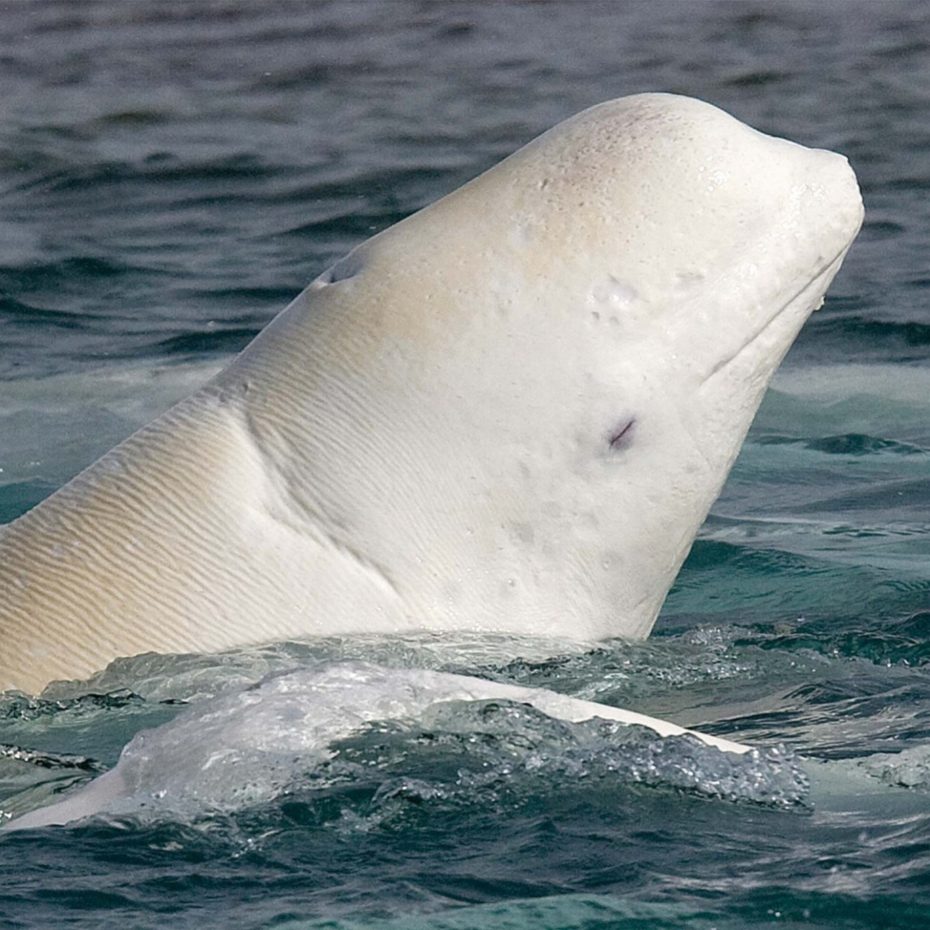
Arctic Watch
June 12, 2018 | Arctic Watch
One of the last great wildlife congregations on earth, Cunningham Inlet is home to a unique beluga nursery of several thousand animals.
For the belugas that visit Arctic Watch every year, it’s a very social event. Hundreds of whales in very shallow waters interact with one-another. In only a few feet of water, the belugas breach, rub on the riverbed, make clicking, whistling and trumpet sounding noises.
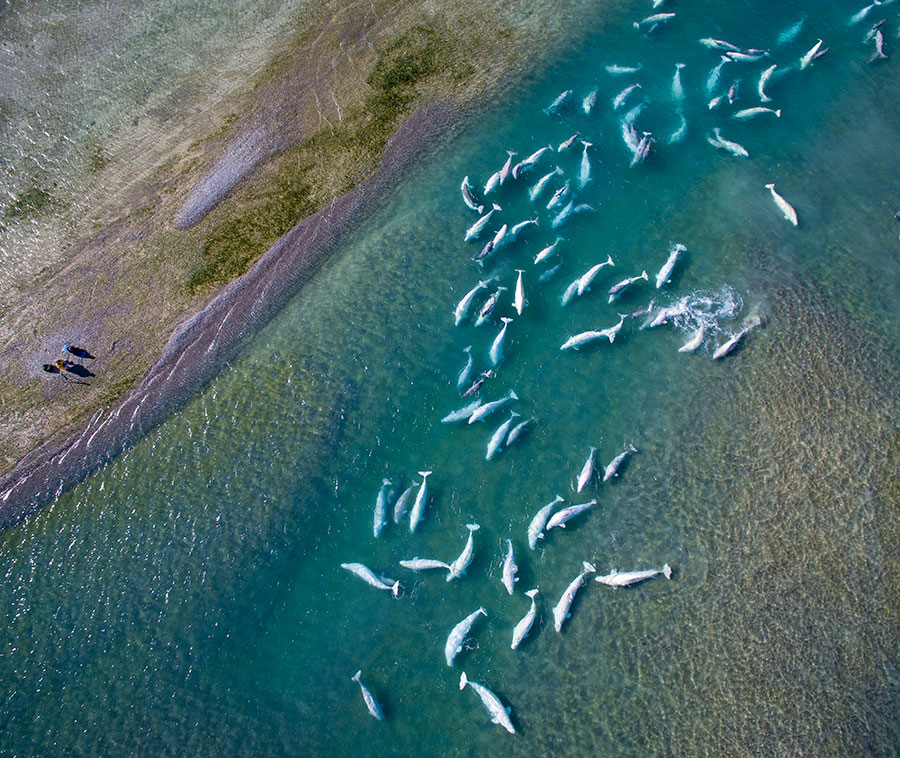
The shallow waters of the Cunningham River provide water that is nearly 15 degrees warmer than the Arctic ocean, making a great social environment for the whales visiting Arctic Watch. Here are a few great photographs captured this summer, that show how playful the belugas can be – they’ve even been photographed playing with kelp and stones!
_at_Arctic_Watch.jpg)
A major attraction of Cunningham Inlet for the several thousand whales that visit annually during the summer months of July and August is not only the warm water of the Cunningham River, but the shallow and protected topography of Cunningham inlet. The inlet’s entrance is only about ten feet deep - a natural deterrent for larger predators in the open ocean of the Northwest Passage. This not only makes for a great playground, but a safe one at that!
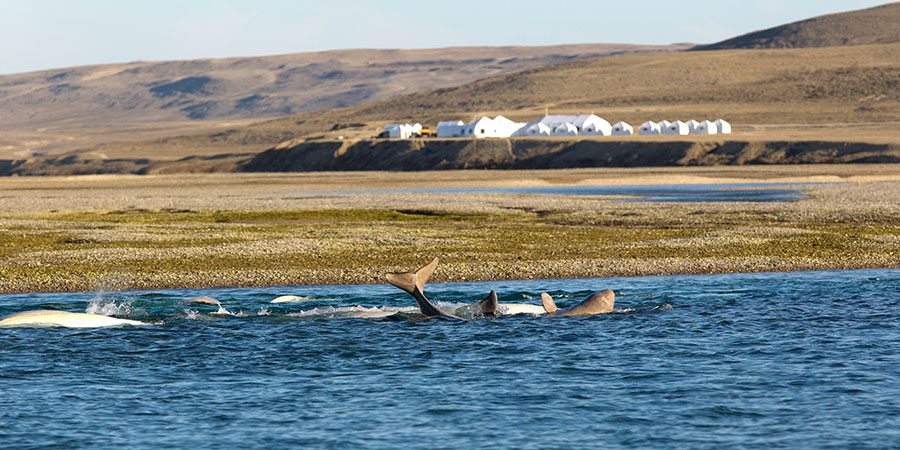
The beluga whales visit the inlet annually. Every year, as the sea ice retreats on the Northwest Passage (early July), the belugas follow the retreating ice into Cunningham Inlet. Typically arriving in the inlet in early July (usually about the first week of July), they will stay in the inlet until the first or second week of August, when the sea ice returns for the winter. The belugas then migrate to a polynya in Baffin Bay (a body of water that never freezes), where they spend the winter, to return the following year.
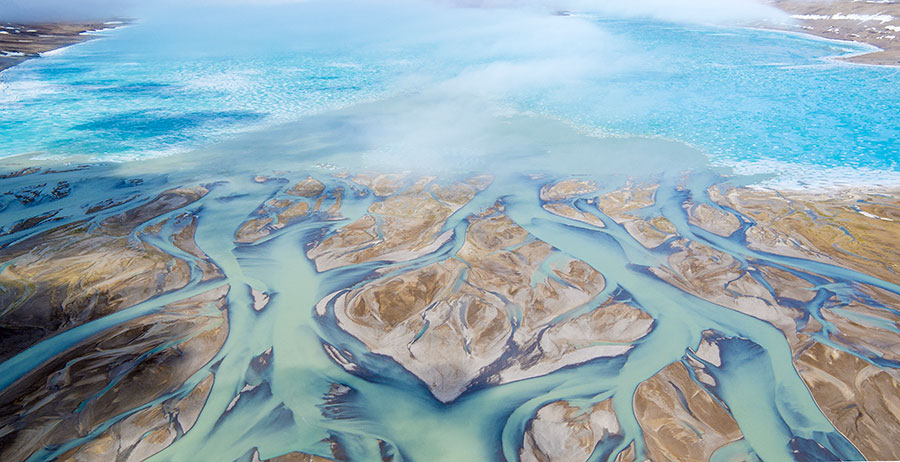
The belugas congregate approximately one kilometre from Arctic Watch. In calm summer evenings in July and August, belugas can be very active! Rubbing, chasing one-another, squeaking, splashing and interacting within family groups is all part of their fun.
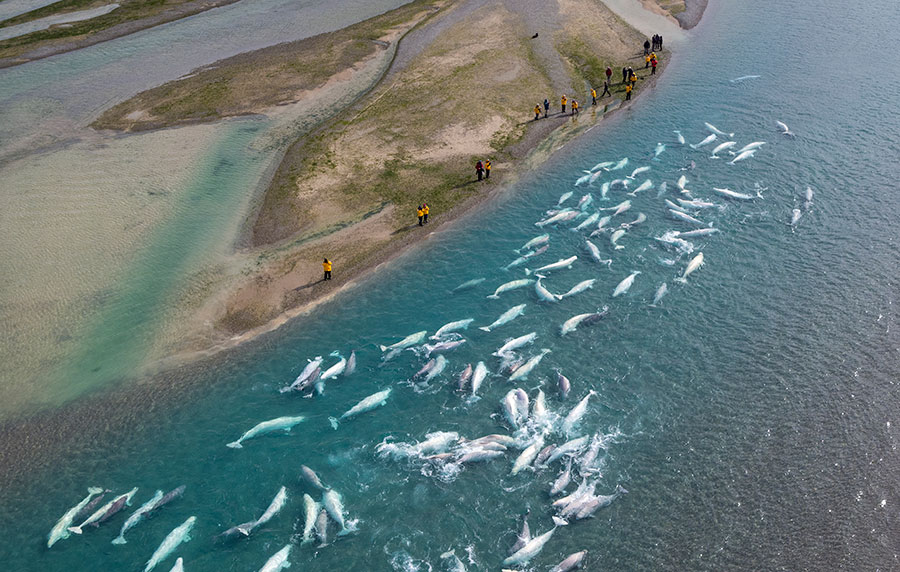
Our lead photographer at Arctic Watch, recently created a video on the beluga congregation of Cunningham Inlet. Armed with a drone, Nansen set out to film the congregation in his short film entitled “Drone Art: Arctic Wildlife and Landscapes”. The short film garnered international attention - going viral on Youtube and receiving international press from more than 20 countries!
We understand that booking a trip like this is a big endeavour. Please reach out to us with any questions that you might have regarding your upcoming adventure.